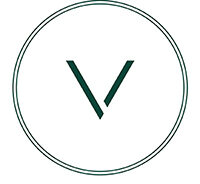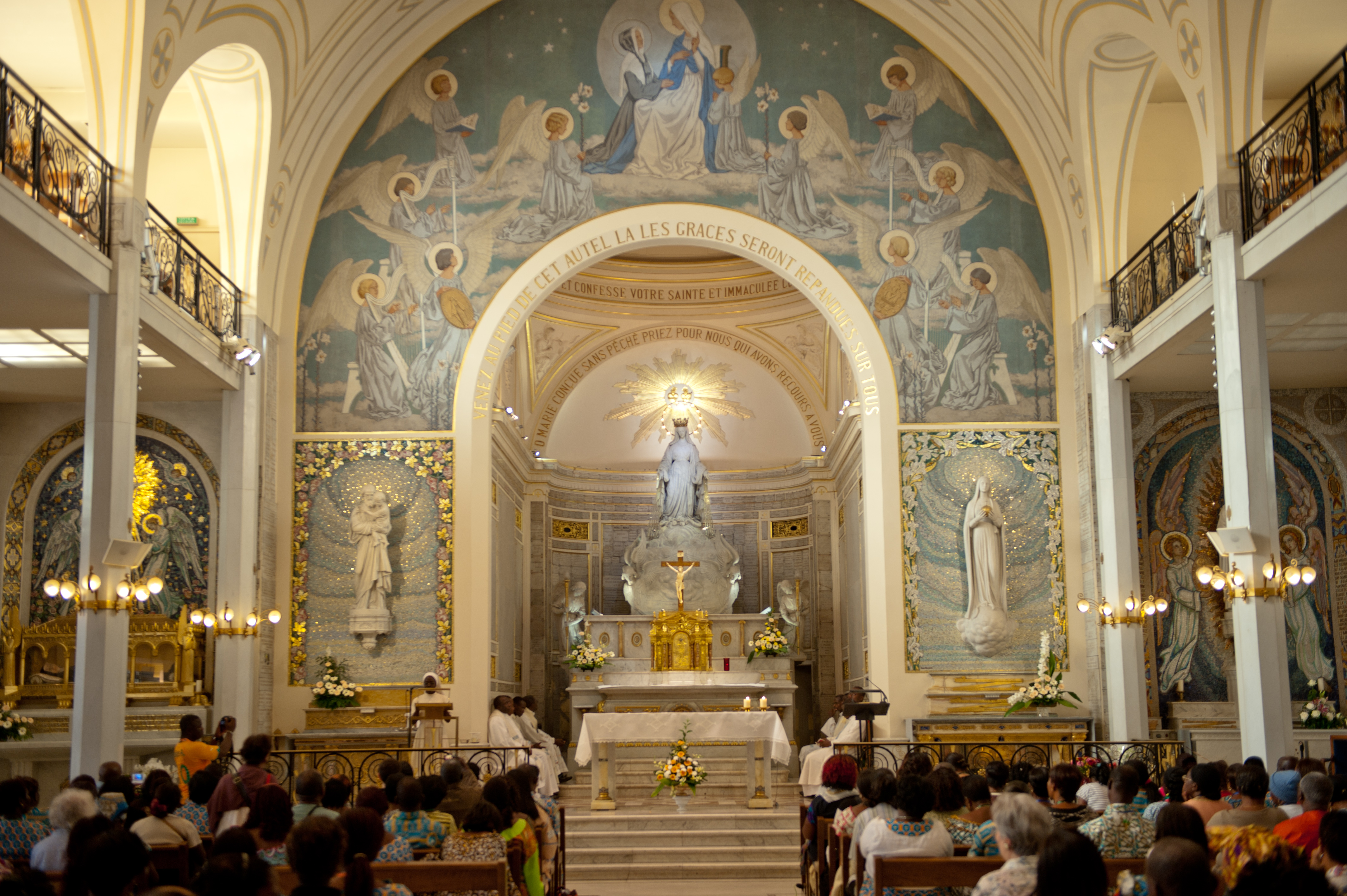An exotic stroll amongst Paris’ churches
Let’s go and gaze at the 37,000 ex-votos in the church of Notre Dame des Victoires, located in place des Petits Pères, which replaced the monastery of ‘Augustins Déchaussés’ (Augustine monks) that were nicknamed the ‘petits pères’ (little fathers).
We’ll gather round the tomb of Corneille at Saint Roch, that of Racine at Saint Etienne du Mont, and at Boileau’s tomb in St Germain des Prés. Let’s seek out the ruins of the Chapelle Saint Aignan, behind a door on the rue des Ursins, last remaining witness to what the Cité was pre-Haussmann. We’ll breathe in the extinguished flames of Jansenism at St Jacques du Haut Pas, and follow in the footsteps of Villon, Rabelais, Dante, Pétraque, or Thomas d’Aquin, who came here to reflect. We’ll also step inside Saint Julien le Pauvre, the smallest church in Paris, which, since 1889, has been home to the rites of Melkite Greek Catholicism. We’ll wander as far as Saint Germain de Charonne, an exquisite tiny country church, below Père Lachaise, where they filmed the last wedding scene in Tontons Flingueurs…
We’ll weep over the departed hearts of our kings, which used to be kept in the Val de Grâce church, in a vault of lead then of enamel, but which were stolen in 1793. And bless the plebeian mercenary who bought the vestiges of the church of Saint-Jacques-La-Boucherie but felt the bell-tower so beautiful that he dared not destroy it…
We’ll slip into Saint Pierre de Montmartre, where, in 1793, Claude Chappe experimented with his semaphore-based telecommunications network. Carrying on to the neighbouring Sacré-Coeur, that sugar-pink Romano-byzantine patisserie built by Paul Abadie, disciple of Viollet the Duke, in order to atone for the devastation wreaked by the Paris Commune and to implore that God would return Alsace and Lorraine to their rightful owner. Consider for a moment the wealth of evidence before us demonstrating just how the expensive building work was paid for: to have your name engraved on a stone cost 500 Francs, to invest in a column or a pillar could be as much as 100,000 Francs. With great faith comes great spending!
As we infiltrate Sainte Chapelle, let’s daydream about how it was built to house the most precious relics in Christendom: the crown of thorns, wood from the cross, iron from the spear, the sponge, the blood of Christ, his hair, the shroud, the milk of the Virgin, and even, the staff of Moses.
Breathing in the vast open space of Saint Sulpice, Paris’ second largest church at 120 metres long, we’ll see if we can smell traces of Napoleon’s 1799 banquet, hosted here for 750 people.
We’ll walk around Saint Séverin, contemplating the span of the charnel house that surrounds its cemetery. Scrutinising Saint Gervais, we’ll check for marks from shells from Big Bertha (stationed at Crépy en Valois) that hit the church on 29 March 1918 during the Good Friday mass killing 100 faithful. Going deep into the courtyard of 91 rue Lecourbe, we’ll find a tiny Russian church formerly constructed around a tree. Staying in the same neighbourhood, let’s pop to 27 rue François Bonvin, the church of Sainte Rita, where every year on the first Sunday in November, animals are baptised…
We’ll climb the stairs of Saint Lambert’s church, where the preliminary murder took place in Truffaut’s La Mariée était en noir (The Bride wore Black). And finally, let’s throw ourselves into a general tour of Paris’ churches at the dawn of the 1960s, by rewatching Un drôle de paroissien (“Heaven Sent”) by Jean-Pierre Mocky, which tells the story of a man that steals from church collection boxes.

